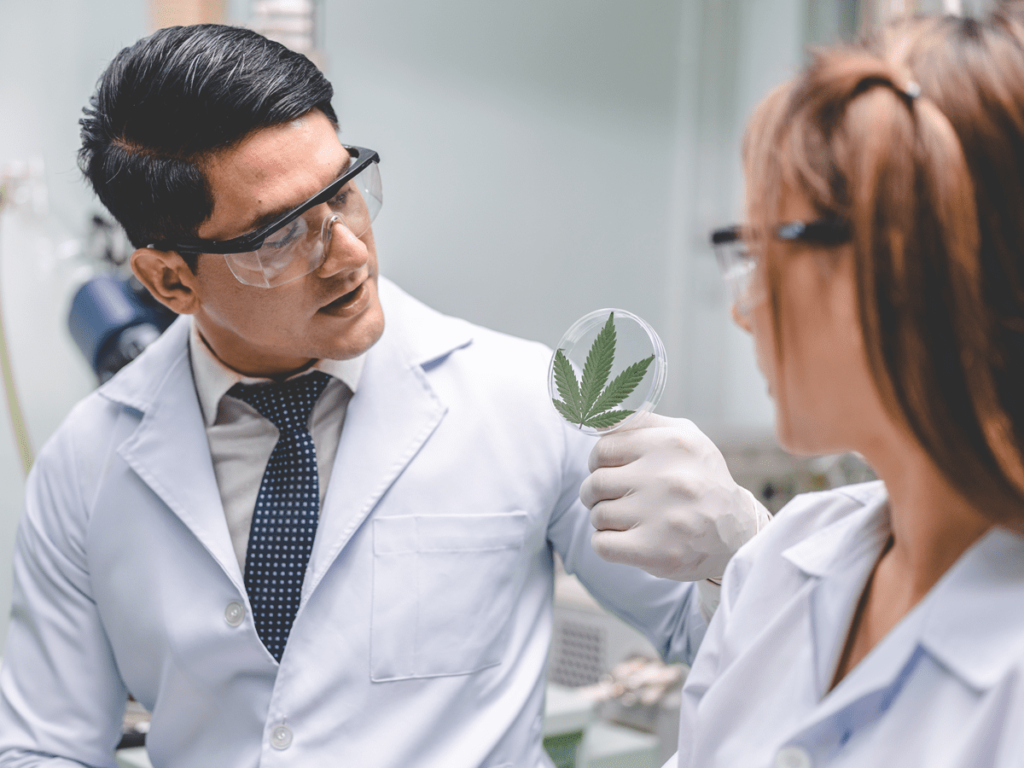If you’ve ever shopped for hemp or cannabis products, you’ve likely encountered the term COA. While it might seem like just another industry buzzword like CBD or terpene, a COA is actually a crucial component in the buying process.
A COA, or Certificate of Analysis, is essential for making informed decisions when purchasing hemp or cannabis products. While appearance and aroma can provide some insights, a COA offers a detailed, comprehensive look at the product you’re considering.
What does COA Stand For?
COA is short for Certificate of Analysis. They are the third-party testing results of a laboratory licensed to test for a variety of things. These items can be required by state or federal law (depending on if the product is derived from hemp or marijuana).
What Information Does a COA Contain?
A Certificate of Analysis (COA) holds valuable insights for industry experts and consumers.
Third-party laboratories typically examine:
- Cannabinoid potency
- Terpene profile
- Presence of mold, pesticides, herbicides, or heavy metals
- Moisture content (especially in smokable flower products)
Federal law mandates COAs for hemp products to confirm they meet safety standards and contain less than 0.3% Delta 9 THC by dry weight.

In the case of cannabis products, legal requirements for COAs vary by state. Nonetheless, they remain a common feature across all state programs, serving as a quality control measure to ensure compliance with safety standards.
How to Find a COA
There are several ways to find a Certificate of Analysis (COA). Reputable brands ensure that COAs for all their products are easily accessible to shoppers.
One method is by checking the brand’s website. Reputable brands aim to make it easy for shoppers to access essential information. They update COAs regularly and upload them directly to the website, making it convenient for both the brand and the shopper.
QR codes also play a significant role in accessing COAs. Many brands enhance the online experience by placing QR codes on their packaging or products. Scanning these codes takes shoppers directly to the COA on the website. This packaging and labeling innovation has become popular for its accessibility, convenience, and transparency.
Another way to find a COA is by speaking with an employee at the store where you’re shopping. Stores carrying these products should have COA copies on hand. Politely asking an employee can help you get the information you need.
Red Flags to Watch Out For
When evaluating Certificates of Analysis (COAs), there are a couple of warning signs to be aware of. First, check the COA’s expiration date. Typically, COAs are valid for about a year. During that time, the product might undergo changes that necessitate retesting. The expiration date also gives shoppers an idea of the product’s age.
Another red flag is if a brand refuses to provide a COA, claiming it’s proprietary information. This refusal can undermine trust between the brand and its customers.

The Bottom Line
A Certificate of Analysis (COA) is an essential resource for both brands and consumers. Despite appearing as just a sheet of paper, a COA contains a wealth of information. It allows shoppers to verify potency, quality, and the cannabinoid and terpene content of a product.
Understanding how to read a COA is crucial when shopping for hemp or legal cannabis products. Think of it as a treasure map, guiding you to the perfect product for your needs.
